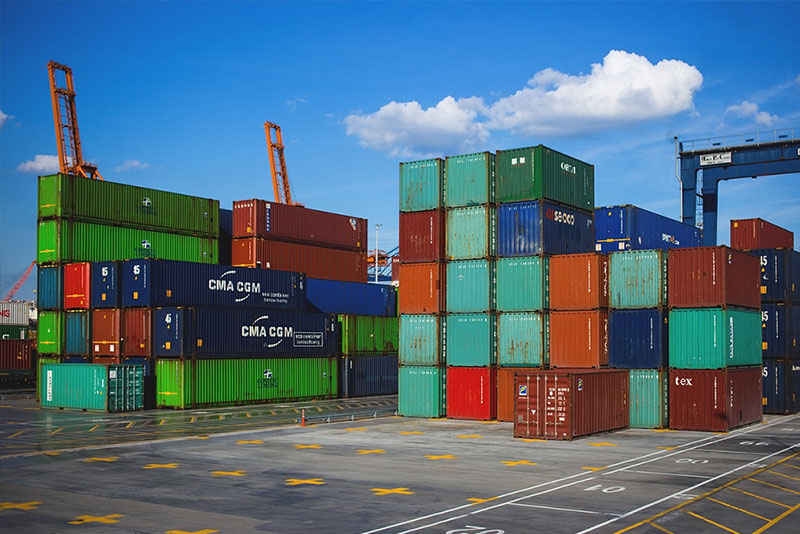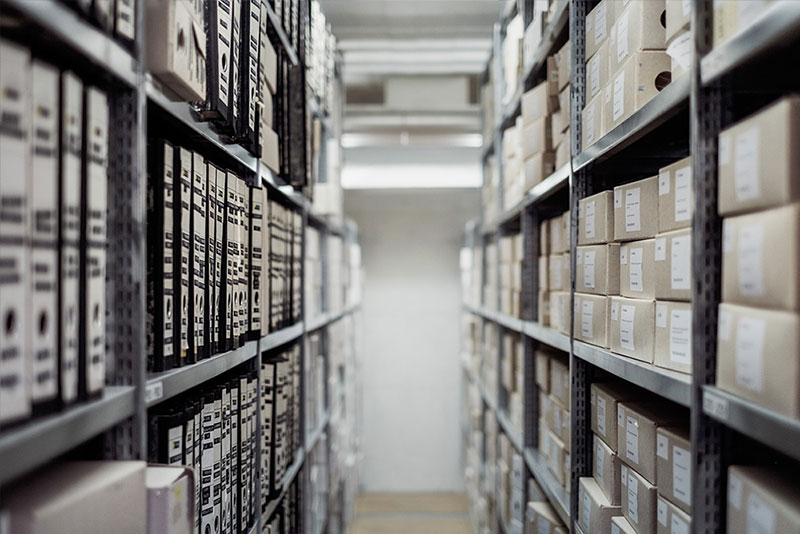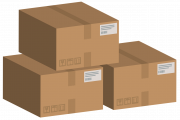Regular inspections of goods in a US overseas warehouse are crucial for maintaining quality control and ensuring customer satisfaction. Whether you are managing a supply chain or overseeing inventory, these inspections play a pivotal role in identifying issues early and preventing costly mistakes.

Here’s a comprehensive guide on how to conduct regular inspections of goods in a US overseas warehouse:
1. Establish a Detailed Inspection Checklist

Start by creating a detailed checklist that outlines all the critical points to inspect. This should include product specifications, packaging standards, labeling accuracy, and any other specific requirements based on your industry and customer expectations.
2. Schedule Inspections at Regular Intervals
Set up a regular schedule for inspections based on factors such as production volume, shipping frequency, and storage conditions. Consistency is key to catching discrepancies early and maintaining a high standard of product quality.
3. Train Inspectors Thoroughly

Ensure that your inspectors are well-trained in the inspection process. They should understand the checklist thoroughly and be able to identify deviations from the standard quickly and accurately. Regular training sessions can help keep their skills sharp.
4. Utilize Technology for Efficiency
Consider using technology such as barcode scanning, RFID systems, or inspection software to streamline the process and reduce human error. These tools can also provide real-time data and analytics, allowing for better decision-making and process improvements.
5. Document and Analyze Inspection Results
Keep detailed records of inspection results and any corrective actions taken. Analyzing this data over time can reveal trends, recurring issues, or areas where improvements are needed. Use this information to implement preventive measures and enhance overall warehouse operations.
6. Collaborate with Suppliers and Stakeholders
Communication is key when it comes to warehouse inspections. Collaborate closely with suppliers, logistics partners, and other stakeholders to ensure everyone is aligned with inspection standards and expectations. This collaborative approach fosters transparency and accountability across the supply chain.
7. Implement Continuous Improvement Practices
Regular inspections should not be viewed as just a compliance task but as an opportunity for continuous improvement. Solicit feedback from inspectors and stakeholders, and regularly review and update your inspection processes to adapt to changing business needs and industry standards.
By following these steps, you can establish a robust system for conducting regular inspections of goods in a US overseas warehouse. This proactive approach not only helps maintain product quality but also enhances efficiency and customer satisfaction.